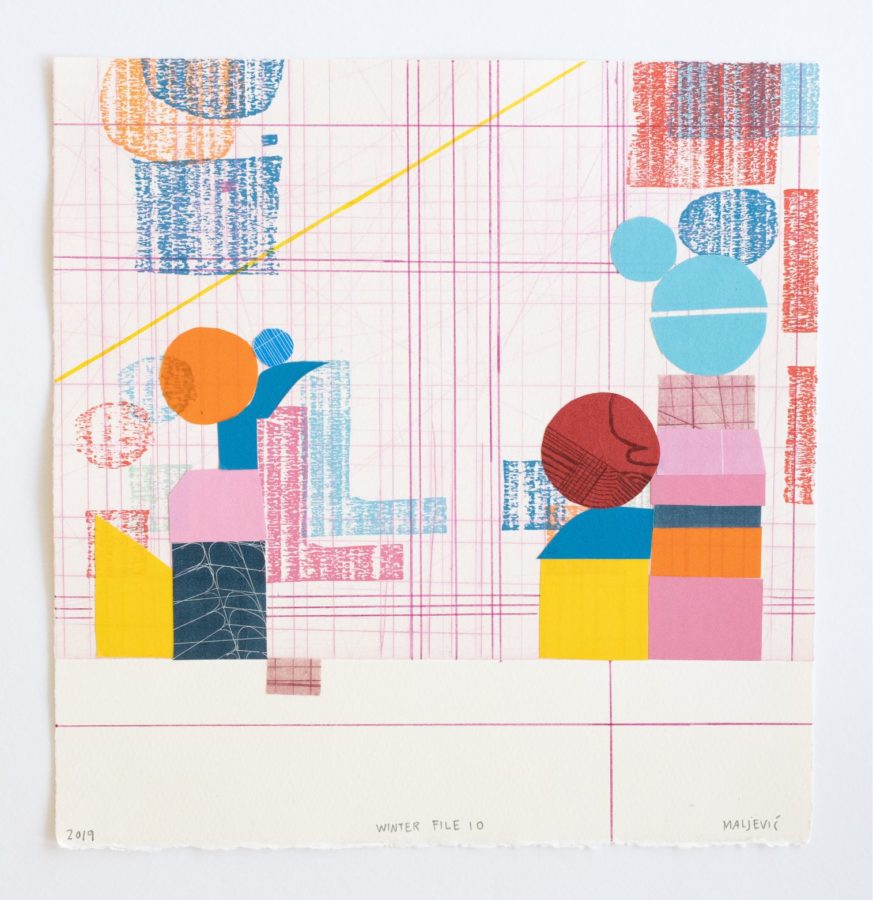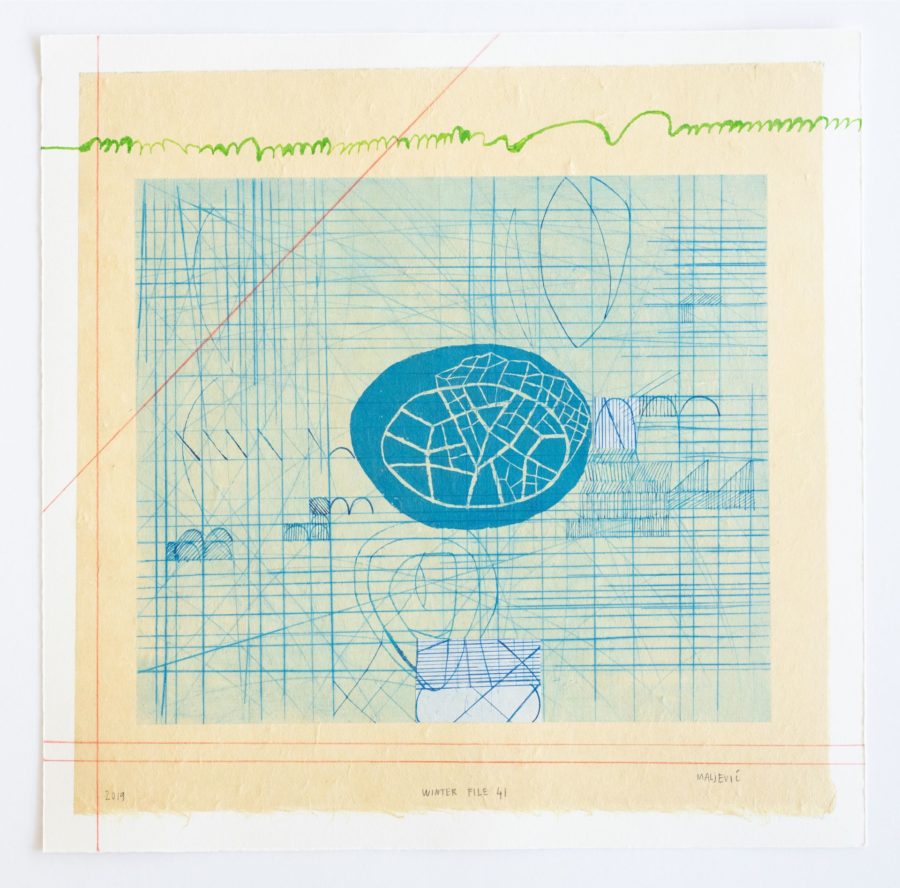
“Art is tricky. Because, what does it do exactly? How does it ‘work’? Why are we generally fascinated by art but not, subsequently, by every single piece of art out there? Ever since I joined David Krut Projects some weeks ago as an intern I was asking myself these and other questions.
I have a background in writing and literature. My contact to art so far has been as an interested bystander and observer, not involved in the process of making, selling and publishing art. As literature is my field of expertise (if at all), let’s start there and work our way to the fine arts realm.
Imagine a poet. She has just been to the botanical gardens. There, the poet observes scenes of peacefulness, the joyful screams of children and through it all quietude. What she feels during her time in the park is more complex than just labelling it ‘happiness’ would account for. One word or sentence is not sufficiently able to mediate what a poem can. A poem being understood as a specific constellation of words and letters, rhythmically connected, which only in their wholeness evoke a certain feeling, paint the whole picture. So the poet is encoding her subjective experience of the gardens in a poem for the reader to decode it again and relate and/or translate it to their subjective experience. The poem is a medium, and the poet is the artist.
The same as a poem tries to express a complex feeling or thought by rhythmically encoding words that can be at once understood, an artwork shows you a yet to be decoded arrangement of shapes and colours on a certain material. On its surface, the shapes and colours are quite easy to describe but the more complex undertones can only be explained by looking at the whole, by seeing the complex behind the relative “simplicity.”

Winter File 10, 2019
Look at Maja Maljević , for example. Maljević is a Johannesburg-based Serbian-born artist who does not follow any traditional narrative in the arts whatsoever (though, as Mexican intellectual Octavio Paz once said, the tradition of our modern times is the disruption of tradition). I met her at the beginning of my internship and listened to a conversation she had about her art. Her artworks are assemblages of colours, lines, shapes and forms. Looking at one of her most recent works, Winter Files 10 of the Winter Files series made in 2019 for her solo exhibition at David Krut Projects in New York called The Silence of the Change. One can see the different techniques that were used, the different colours – an interplay between reddish and blueish colours – and, of course, various patterns: pink lines in differing strengths in the background, forming a matrix; squares, rectangles, circles and others, created with different techniques and materials and thus being differently ‘coloured in’. For me, the shapes appear to be like buildings or infrastructure, maybe it’s a city landscape; the lines could be the streets. The shapes could also try to free themselves from the matrix of the lines, a matrix that encapsulates. At the bottom is blank space with only two interspersing lines. A single yellow line runs diagonally from top to the left hand side. Actually, it is a two-dimensional still image. Nothing is moving and still we tend to read something into it. In the end, it could just be a combination of colours that attracts a person. Enough is happening in the artwork, though, for it to be interesting and speak to the viewer. It says nothing and seems to have no meaning and therefore opens itself up for meaningfulness.

Winter File 41 
Winter File 21 
Winter File 17 
Winter File 47 
Winter File 30
The complex lies not only within the artwork itself but also in the context of its origination, its artist(s) and also within oneself – one’s knowledge, experiences and impressions. In highly complex artworks, one will find layers of complexity, all with different expressions and meanings, messages and statements. To paraphrase cultural and art critic John Berger: a good artist is someone who is able to see what lies behind and beyond the apparent and thus paints (or otherwise makes art) multiple layers – maybe even only subconsciously.
And then, we also ought to consider that an artwork does not need to contain any message at all, or better: the artist may not have wanted to tell a story, to have a message be delivered. But as one is unable not to communicate, one cannot not have some meaning hiding in the lines, the material, the form or the colours. It’s like seeing shapes of animals in cloud formations.
The difference between a painting and a poem is of course the medium. A poem plays with the semantics, the associations and connotations of our language while the painting does the same thing with form, colour and materiality. And so the experience of fine arts is on one hand closer to lived reality (in the ‘language‘ it uses) and on the other hand harder to communicate to others. A poem is written in the language everyone uses to communicate with each other and becomes at least easier to talk (and write) about.
Maljević explained that she does not think about what she is doing when working on her art. Rather, she is a filter through which her experience is directed onto a canvas or into a sculpture. Nonetheless, specific experiences, political views, personal perspective, etc. inform the artwork and shape its creation process until the finish line. Even small things, like working on a work of art in the evening instead of in the morning, can lead to different results.
So, what does art do? It encodes something into form, colour and materiality. It thus becomes available to a specific set of our senses and relatable to our lives. It becomes perceptible, it is experienced. And in its materiality it makes not only itself accessible, but the wider world that is ingrained in the work of art.” – Hagen Gersie, 2019